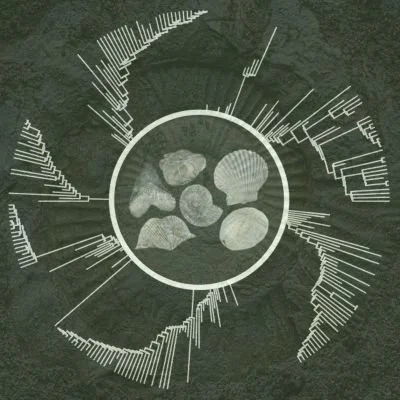Teaching
Courses:
Morphological Phylogenetics: Principles, Applications and Techniques — Transmitting Science (online, next edition March 2026)
Accurate reconstructions of evolutionary relationships is the cornerstone of evolutionary biology. Building phylogenetic trees thus provides the fundamental framework upon which systematic, biogeographic, and evolutionary research operates. Given that the vast majority of the species that have ever lived are now extinct, morphological phylogenetics remains central to these endeavors. Furthermore, combining fossils with molecular data from extant species has proved to be the most comprehensive method of understanding evolutionary processes across deep time, as well as dating the times of origin of major lineages.
In this course, we will focus on the analysis of morphological data (alone and in combination with molecular data) using multiple optimality criteria for phylogenetic inference. We will discuss the best available approaches to construct morphological data sets and their downstream impacts. We will follow with theory and hands-on practice of phylogenetic programs using maximum parsimony, maximum likelihood and Bayesian inference. Participants will learn how to combine morphological and molecular data for total evidence analyses, how to perform divergence time estimation using tip and node dating techniques, different birth-death models, and relaxed clocks models.
Macroevolution & Advanced Evolutionary Biology — Department of Ecology, Genetics & Evolution, University of Buenos Aires (last taught in August 2025)
Design of Phylogenetic Analyses — Department of Ecology, Genetics & Evolution, University of Buenos Aires (to be taught July 2026)
Classes:
SIOB 296: Introduction to Programming with R — Scripps Institution of Oceanography, UC San Diego (taught for 2 semesters)
Coding literacy has become central in the modern world. In the age of big data, most scientific questions can/could/should be tackled using large-scale databases and employing replicable and well-documented methodologies. Outside of science, understanding how computers operate, and how to directly interact with them, is an extremely valuable transferable skill. This course uses R (the dominant coding language across biology and biostatistics) to introduce students to the basics of coding, syntax, and data structures. The goal is to develop a solid understanding of data manipulation and analysis without requiring any prior programming experience.


